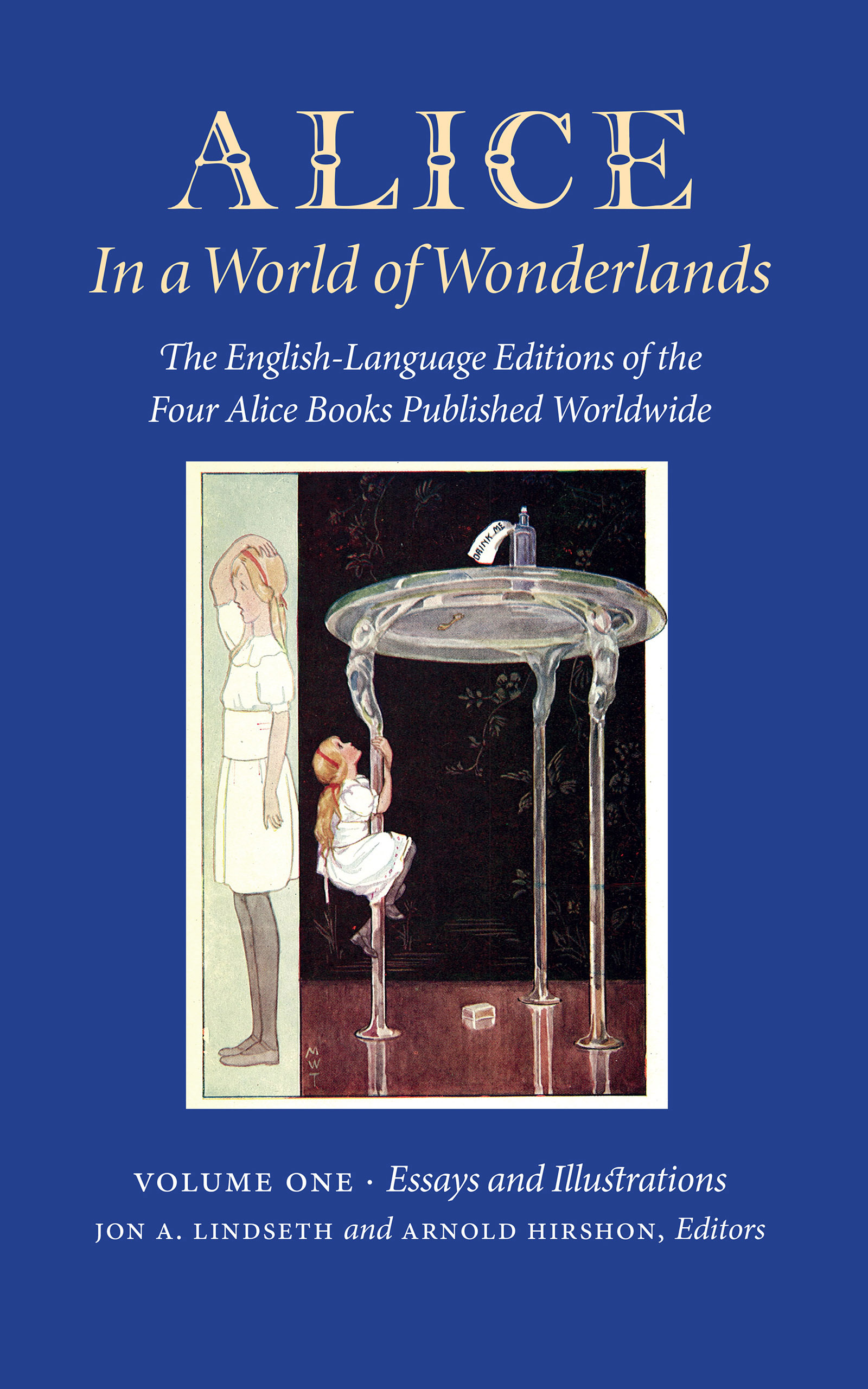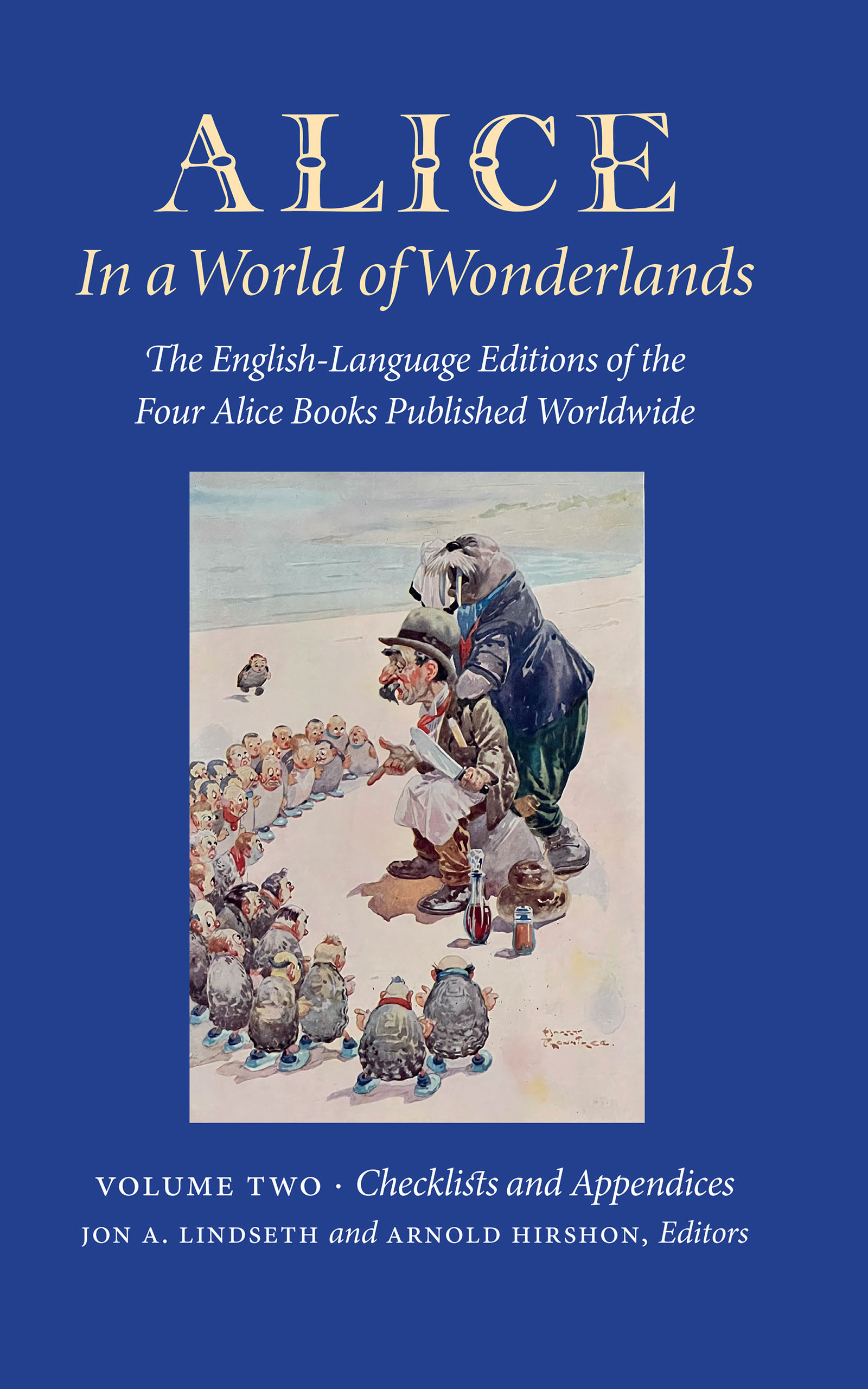Press Release: Former Members of the Cleveland Orchestra Give First-hand Impressions of Conductor George Szell in New Book of Interviews, Stories & Anecdotes Published by ATBOSH Media
Former Members of the Cleveland Orchestra Give First-hand Impressions of Conductor George Szell in New Book of Interviews, Stories & Anecdotes Published by ATBOSH Media
Pratfalls, ego clashes, and psychodramas infuse classical music on the grandest scale in this reminiscence of the Cleveland Orchestra under its legendary leader — Kirkus Reviews.
Kirkus Review: Tales from the Locker Room: An Anecdotal Portrait of George Szell and his Cleveland Orchestra
Kirkus Review
https://www.kirkusreviews.com/book-reviews/lawrence-angell/tales-from-the-locker-room/
Pratfalls, ego clashes, and psychodramas infuse classical music on the grandest scale in this reminiscence of the Cleveland Orchestra under its legendary leader.
During his 1946-70 tenure, the Hungarian-born conductor George Szell turned the Cleveland Orchestra from a second-rate ensemble into what many considered the world’s best orchestra and conducted many landmark recordings of the classical repertoire. He accomplished this through relentless rehearsals, dictatorial control over the tiniest details of performances, and domineering mind games aimed at bending musicians to his will. In this loose-limbed retrospective, Angell, a bassist who played 15 years under Szell’s baton, and Jaffe collect stories from Cleveland Orchestra musicians who both loathe and lionize their former boss. They tell of nerve-wracking auditions, lies and manipulations regarding their contracts, and horrible elevator encounters in which trapped musicians struggled to make small talk with him. They also relate his countless onstage insults and belittlements, from the cutting (“We’d be happy to accommodate to your small tone,” he told a violin soloist who wanted the orchestra to play quietly) to the crude (“you play like a pig, a swine,” he informed another), and his ugly feuds with rebellious underlings, especially superstar oboist Marc Lifschey, who “played like a gypsy whore,” Szell proclaimed. They share stories of his sheer, demented hubris; in one tale, for example, Szell insisted that a pianist rehearse on a coffee table and then criticized his mimed “playing”; when the pianist objected, the maestro canceled his concerto. “Son of a bitch,” “bastard,” and “I despised him,” are among the verdicts that Angell and Jaffe elicit—but also common, and quite illuminating, are grudging-to-reverent acknowledgments of Szell’s profound insights into music and the sublime performances he extracted from the orchestra, surpassing what even the musicians themselves thought they could achieve. These rambling interviews, with commentary by Angell and Jaffe, don’t have much structure, and some of the anecdotes will seem obscure to nonmusicians, but readers will find most of the hodgepodge accessible and entertaining. From these vignettes emerges an engrossing, pointillist portrait of the emotional stress and artistic rewards of high-stakes music-making.
A revealing behind-the-scenes look at a great orchestra and the colorful genius who shaped it.
Press Release: Macabre Historical Mystery Takes Place in Cleveland
Macabre Historical Mystery Takes Place in Cleveland
Award winning Cleveland Heights playwright Tom Hayes debuts YA novel, a historical thriller that takes place in Northeast Ohio.
Kirkus Review: Secret of the Warlock’s Crypt
Kirkus Review
https://www.kirkusreviews.com/book-reviews/tom-hayes/secret-warlocks-crypt/
A 12-year-old working with his uncle, a historian, unearths clues to an old, macabre unsolved mystery while searching for a deceased millionaire’s missing artifacts in this middle-grade novel.
Mike Hilliard works alongside his uncle Robert “Otto” Hilliard, an employee of the Western Reserve Historical Society in Cleveland. Otto’s research into the life and death of the ruthless Titus Morley attracts the attention of Lawrence Piddle, a professor of religion at Dartmouth College, but Mike begins to suspect Piddle’s interest in the case is more than educational, especially after one of Morley’s journals under the society’s care suddenly goes missing. A priceless collection of masks and books disappeared following Morley’s demise in 1872, when his oil refinery exploded. Cryptic drawings, maps and symbols in Morley’s voluminous journals lead Mike to the location of Morley’s mausoleum. Secretly teaming up with his uncle’s colleague Billy Hayworth, Mike pays a late-night visit to the tomb, where he uncovers a secret room in which literally soul-stirring horror awaits. Dedicated to author John Bellairs, Hayes’ debut novel offers age-appropriate chills, including death masks, rotted corpses and the walking dead, as well as flashes of mildly queasy terror (“A sickening sound filled Jeremiah’s ears: the sound of cracking sticks and crushed hen eggs”). Hayes writes ably about the architecture of the story’s pivotal locations, but his main character is inconsistently drawn. Mike is said to like ghost stories, and he perks up at the thought of an adventure, but his reactions suggest he wouldn’t be especially eager for thrill-chasing. At one point, when his uncle casually mentions body hopping, Mike “choked on his soda and nearly spit it out.” And while a tauter pace and more humor would liven things up, a solid foundation has been laid for a series of further adventures with Mike and Otto; Otto proclaims, “The Western Reserve Historical Society will get to the bottom of it…. Rest assured. We’ll get to the bottom of it all.”
For young readers who, like Mike, are “always up for a good story, especially an historical one.”
Press Release: Former Clevelander / Local Vermonter – Pens Hilarious Handbook on Innkeeping
Former Clevelander / Local Vermonter – Pens Hilarious Handbook on Innkeeping

